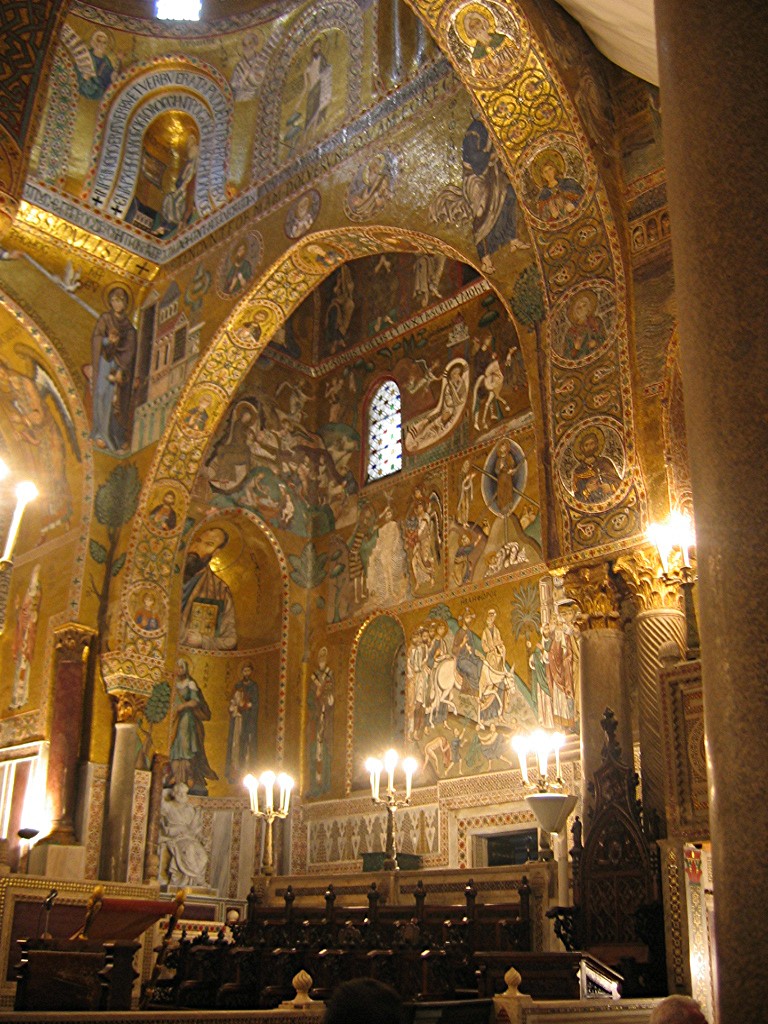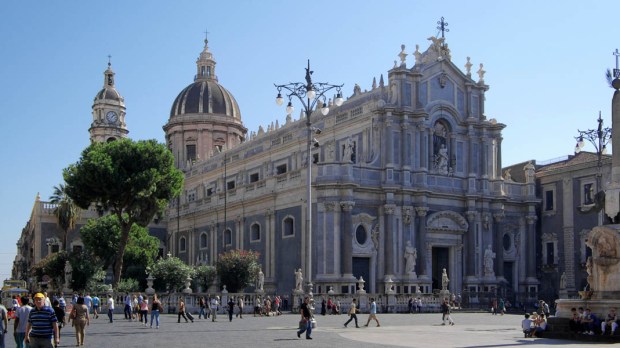Sicily is the Mediterranean’s largest island, and one that has marked the history of Italy and its surroundings in a profound way. It was here that the ancient Greeks established the so called Magna Graecia settlements—literally “Great Greece”—that acted as a cultural bridge between the Hellenic civilization and the the Romans, who later ruled the island. And Sicily was also the place that first welcomed Christianity to European soil. St. Paul stopped there on his way to Rome after leaving the Christian church community of Antioch, in modern-day Turkey. Since then, the island has played a pivotal role in the spread of Christianity in the Mediterranean, becoming home to some of the most important Catholic sites around Europe. Here is a list of five not-to-be-missed destinations.
1. Cathedral of Syracuse, Syracuse
Syracuse is home to the majestic Cathedral of Syracuse. Built in the 7th century over a pagan shrine, the Cathedral of Syracuse still features the original 5th-century BC Doric columns from the Temple of Athena. Over the centuries it was subject to new additions and stylistic changes that reflect the diverse history of the island. In the late 800s, when the Arabs conquered Syracuse, it was converted into a mosque. It was then re-converted into a church in 1085 by the Norman King Roger I, who commissioned a new roof and a series of mosaics. Its imposing facade was damaged during a powerful earthquake in 1639 and redesigned between 1728 and 1754 by Andrea Palma, one of the main exponents of Sicilian Baroque art, who added statues by Sicilian sculptors Ignazio Marabitti and Pietro Rizzo, including one of Saint Lucy, the patron saint of the city. Considered to be one of the most important examples of Sicilian Baroque art, the “Duomo di Siracusa” was nominated as UNESCO World Heritage Site in 2005.
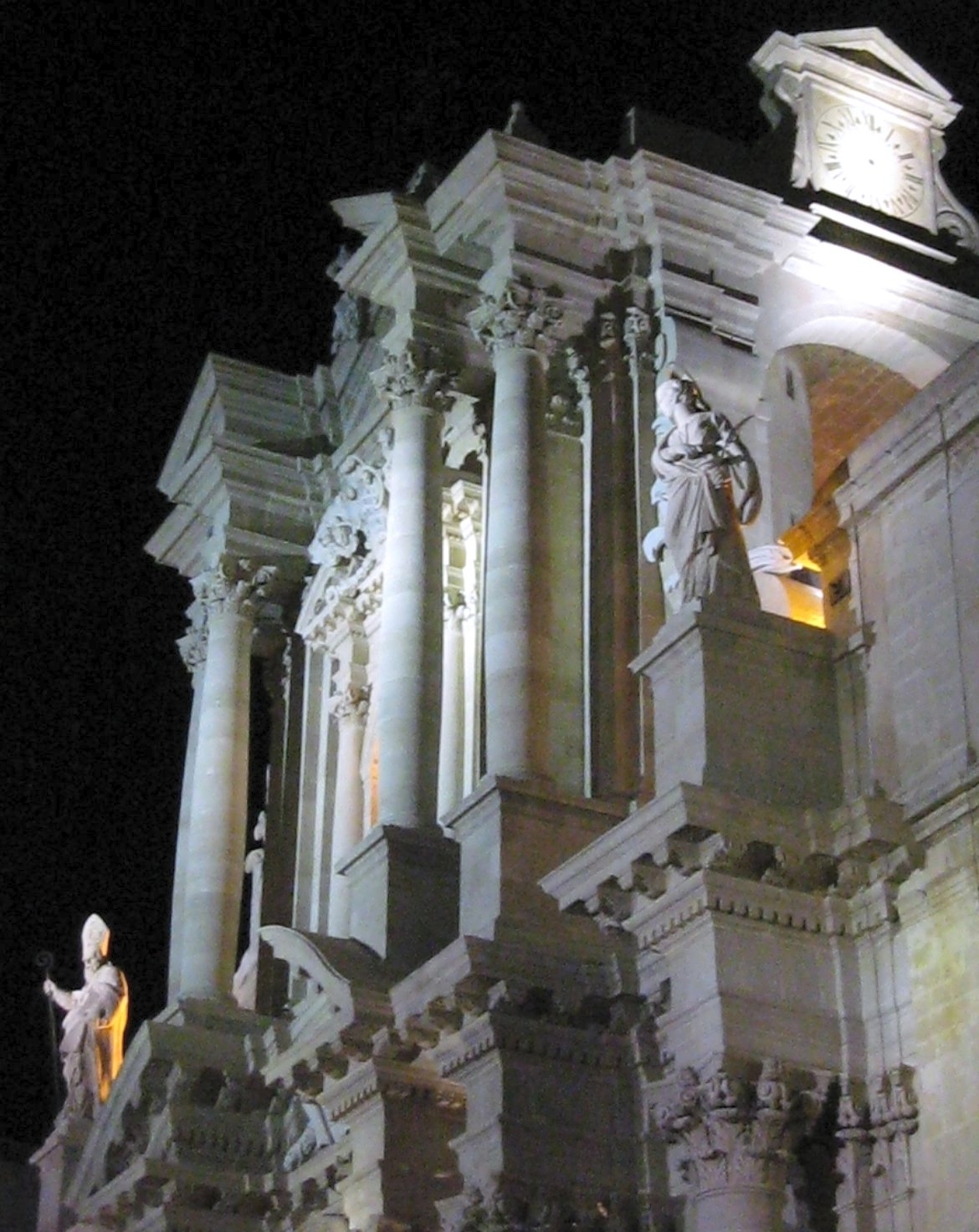
2. Cathedral of Catania, Catania
The city of Catania is the second most important urban center in Sicily after Palermo. Founded in the 8th century BC by the Greeks, it became an important cultural and political center during the Renaissance, hosting Sicily’s first university in 1434. Catania’s beloved patron is St. Agatha, a woman born into a noble family who was persecuted, tortured—including having parts of her breasts cut off—and killed by the Romans in 251 after she refused the amorous advances of Roman perfect Quintianus. Her remains are are preserved in a chapel inside the city’s Cathedral. Constructed between 1078 and 1093, the “Duomo di Catania” was built on the ruins of ancient Roman baths by the Norman King Roger I as a symbol of his re-conquest of Catania from the Arabs. Powerful earthquakes in the 12th and 17th centuries damaged the original Norman structure, but parts of it—such as the transept, two towers and three semicircular apses—are still visible amidst the later Baroque design by Gian Battista Vaccarini. The remains of St. Agatha are kept inside a room called “cameredda” (literally “tiny room”), which is open every year for the Feast of St. Agatha, in the first week of February, when the martyr’s remains are taken around town in a colorful procession followed by the consumption of breast-shaped cassatellas—sponge cakes covered with marzipan—called minnuzzi di Sant’Ajita (breasts of Sant’Agata).
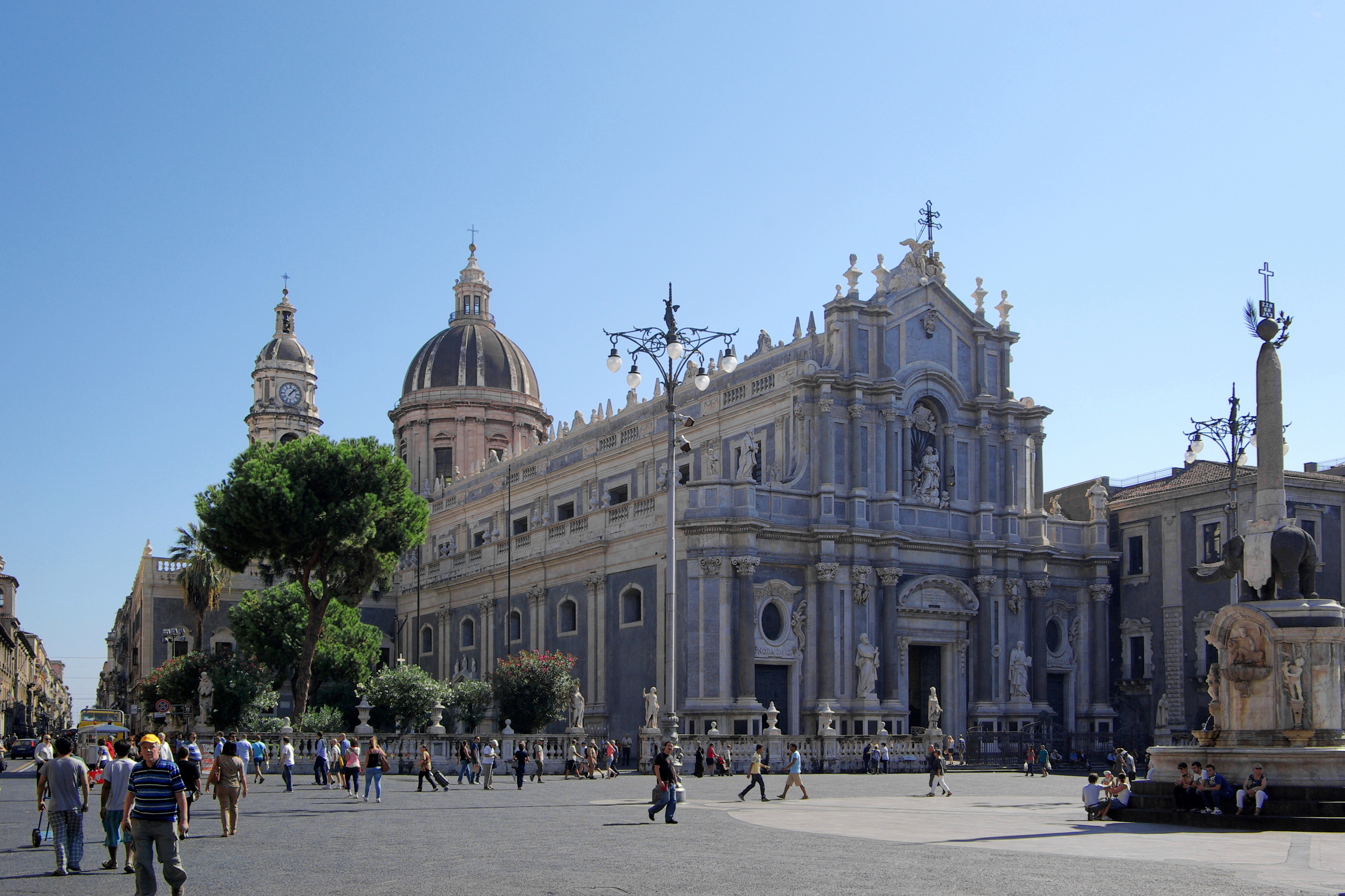
3. Sanctuary of Gibilmanna, Palermo
Built on top of a 2,400-foot hill in Gibilmanna, a village near Palermo, and considered one of Sicily’s oldest shrines, the Sanctuary of Gibilmanna is one of Palermo’s top religious attractions. According to a local tale, the monastery of Gibilmanna was one of the six Benedictine monasteries commissioned by Gregory the Great before becoming Pope in 590. When the Arabs conquered Palermo and its surroundings in 858, the convent had probably been emptied. When the Normans expelled the Arabs from Sicily, the church was turned into a priorate and was thus no longer a Benedictine possession. Capuchin friar Sebastiano Majo da Gratteri later established a Capuchin convent next to the sanctuary, which inherited some artwork from the old church, including a Byzantine fresco of the Virgin with the Child and a Byzantine-style statue of Mary. Additional works such as statues of St. John the Baptist and St. Helena were added next to the altar of the Virgin. After the centuries-old facade crumbled in the late 1800s, it was rebuilt in Neo-Gothic style in 1907. Today, the sanctuary attracts pilgrims all year round thanks to its ancient history and scenic view of the gentle slopes surrounding Palermo and of the royal blue waters of the Tyrrhenian sea.
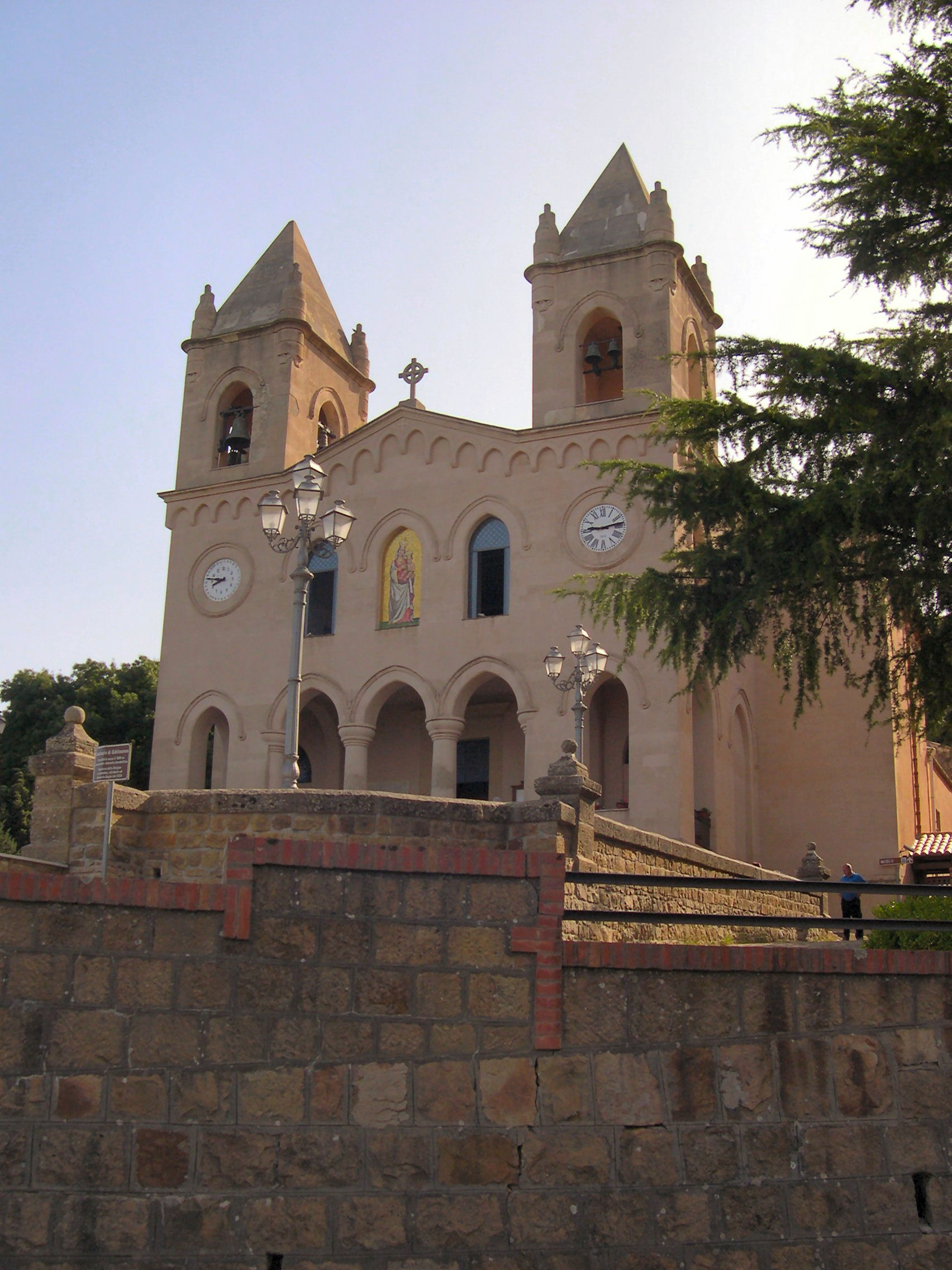
4. Catacombs of Saint John, Syracuse
As previously said, Syracuse was the first place on European soil to host a Christian church community. But the city’s wonders do not end there. Some of the most important Christian catacombs of Italy are in fact found beneath Syracuse’s now-ruined St. John’s church. During Roman times, Christians were not permitted to bury their dead within the city’s limits, so they created a series of honeycombed tunnels in an area that had previously been used by the Greeks as underground aqueducts. When the Christians were finally allowed to bury their dead in urban cemeteries, the catacombs were reconverted into chapels. Today, visitors can still enter the Greek-crossed shaped Crypt of St. Marcian, located 16 feet below ground on a spot where the martyr was allegedly killed, and also see some frescoes and carved stones bearing early Christian symbols.
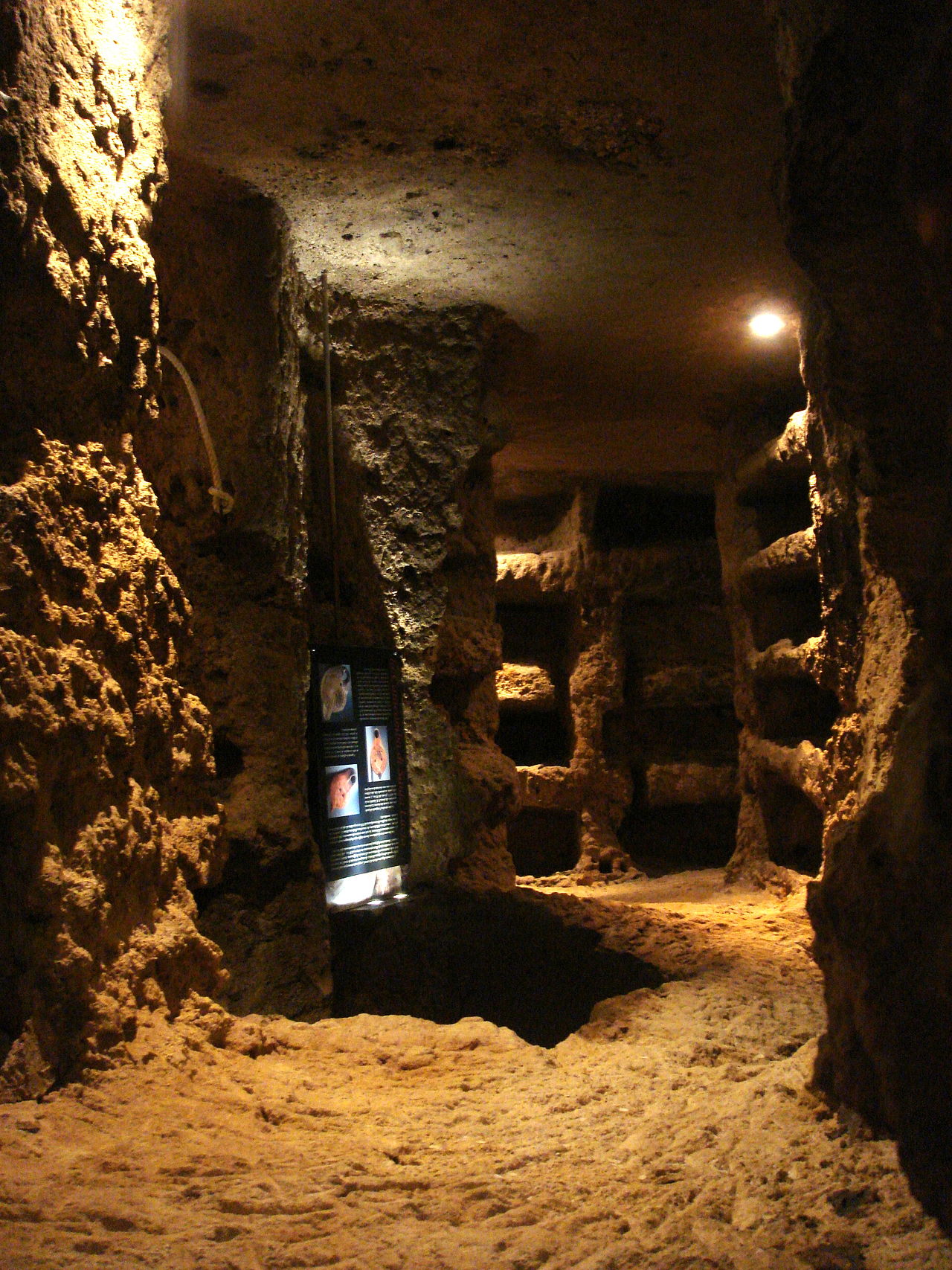
5. Cappella Palatina, Palermo
Located on the first floor of the Royal Palace in Palermo, this stunning Byzantine chapel dedicated to St. Peter was commissioned in 1130 by the Norman King Roger II, who united all Norman lands around Italy into a single kingdom with a centralized government based in Palermo. Roger II wanted to showcase the power of his newly-born empire and hired the best mosaic and inlay artists, some coming all the way from Greece and the Middle East. The result is a stunning structure every inch of which features precious decorations of three distinct artistic styles: the Norman (such as the figures of St. Martin and St. Dionysius), the Byzantine (as shown by the dome design and the glittering gold mosaics), and the Arab (as seen in the Islamic decorations of the chapel’s wooden ceiling). Indeed, the Cappella Palatina’s ceiling, featuring Muslim muqarnas, also known as “stalactic vaults,” and the eight-point star typical of Muslim design arranged to form a Christian cross, are considered powerful symbols of Palermo’s multiculturalism during the 12th century. Perhaps it is because of this idiosyncratic mix of design styles—and the golden glitter of it all—that when French writer Guy de Maupassant visited the chapel during the mid-19th century he declared it “The Most Beautiful Church in the World.”
